2015 BMW X3 XDrive28d Vs Lexus NX 300h

Compact luxury crossovers are all about the D – diesel.
Mercedes, Audi and BMW all currently sell a diesel compact CUV with a turbocharged diesel engine. But there is a luxury automobile manufacturer lurking in the shadows, looking to disrupt the German stranglehold on small fuel-sipping luxury CUVs. That company is Lexus.
With a recent history steeped in hybrid automobiles, it’s no surprise that Lexus is eschewing diesel technology. Brand new for 2015, the NX 300h uses a 2.5-liter four-cylinder hybrid powertrain similar to the one found in the ES300h. Unlike that sedan though, the all-wheel drive NX features an extra 67 HP motor mounted in the rear.
SEE ALSO: 2015 Lexus NX200t vs. Mercedes-Benz GLA 250
Total system output for the hybrid powertrain is 194 HP, or significantly less than the cheaper NX 200t. That’s right, Lexus is making the rare move of charging you more to get less power. But greater efficiency and better content are included with the steeper price.
Get the Flash Player to see this player.
NX vs. X3
To see if Lexus can shake up the status quo, we’re pitting it against the stalwart BMW X3. Making even less horsepower than the NX 300h, the X3 xDriver28d has a mere 181 diesel sucking ponies under the hood from a 2.0-liter turbocharged four-cylinder engine. But torque is another story.
But these cars are all about efficiency, not acceleration. The NX, with a rating of 33 MPG in the city, is six MPG higher than the X3. On the highway, efficiency swings the other way and favors the BMW at 34 MPG; four better than the Lexus. After a day of mixed driving, both cars actually beat their average fuel economy ratings, but the BMW ended up on top with an observed average of 35.6 MPG compared to the Lexus’ 34.1 MPG.
Response vs. Torque
Posh and efficient, these two vehicles couldn’t be any more different in how they drive. The NX responds quickly under acceleration, which sends the engine into high RPM. The problem is the tachometer lingers too long. While spinning at 4,000+ RPM, the engine is loud and sounds out of place in a $50,000 vehicle. Plus, with almost 4,200 lbs. to haul around, the drivetrain can feel underpowered and strained at times.
SEE ALSO: 2013 BMW X3 xDrive28i Review
In contrast, the X3 lives in the low RPM range and doesn’t need to downshift unless you ask for its full power. Feeling like it may have been ripped out of Thomas the Tank Engine, the little turbo diesel may not have the initial response of the NX hybrid, but it pulls hard in a seemingly endless wave of torque once you get moving.
Serenity vs. Fun
And if you’re in the mood, the X3 is always ready to have some fun. Steering, chassis response, transmission behaviour and of course engine power are all better in the X3. Even in fuel sipping diesel guise, this baby BMW is one of the more engaging compact crossovers on the market.
The responsive nature of the X3 does have some consequences. In terms of ride comfort, think of the NX as the Harlem Globetrotters and the X3 as the Washington Generals. Try as it may, the X3 can’t match the way the NX is able to swallow up bumps and restrict chassis-jolting rebound. On rougher roads, the X3 can boarder on brutal while the NX remains wholly tolerable. The front seats also favor the Lexus with a softer, more comfortable surface.
A Matter of Style, Space and Frustration
Lexus has done a great job with the interior of the NX. It has a more modern design compared to the X3 that in the best German tradition is a no-nonsense void of black rubbery material. There are a few issues in the NX though. By adding the Navigation package, Lexus’ remote touch interface is included which remains a frustrating piece of technology to encounter.
While discussing technology, the NX 300h is available with power reclining, split rear seats featuring no fewer than three control switches each: one up front, one on the seats themselves and one in rear cargo hold. A huge help with loading long items into the hatch of the NX, the Lexus still can’t match the BMW’s cargo capacity as the NX 300h is compromised to its hybrid system and only has 16.8 cubic feet of storage compared to the 27.6 cubic feet available in the X3.
SEE ALSO: 2015 Lexus NX Review
Although the power rear seats don’t hurt overall comfort in the NX, they don’t help either. Legroom is ample in both vehicles for adult passengers but the BMW offers better positioned arm rests, more headroom and a large panoramic sunroof that allows more natural light into the rear passenger compartment.
Compare Specs
| Vehicle | 2015 BMW X3 xDrive28d | Advantage | 2015 Lexus NX 300h | |
|---|---|---|---|---|
| Engine | 2.0 L turbocharged four-cylinder diesel | - | 2.5 L four-cylinder hybrid | |
| Transmission | eight-speed automatic | – | eCVT | |
| Horsepower | 181 hp | NX | 194 hp | |
| Max. Torque | 280 hp | X3 | Undisclosed by manufacturer | |
| Fuel Economy (US) | 27 MPG city / 34 MPG hwy | NX | 33 MPG city / 30 MPG hwy | |
| Fuel Economy (CDN) | 8.6 L/100 km city, 6.9 L/100 km highway | NX | 7.1 L/100 km city, 7.7 L/100 km highway | |
| Observed MPG | 35.6 MPG | X3 | 34.1 MPG | |
| Weight | 4,230 lbs. | NX | 4,180 lbs. | |
| Rear Legroom | 36.5” | X3 | 36.1” | |
| Cargo Capacity Rear Seats Up | 27.6 cu. ft. | X3 | 16.8 cu. ft. | |
| Cargo Capacity Rear Seats Down | 63.3 cu. ft. | X3 | 53.7 cu. ft. | |
| Starting Price (US) | $42,950 | NX | $42,345 | |
| Starting Price (CDN) | $47,395 | X3 | $61,455 | |
| As Tested Price (US) | $50,520 | X3 | $52,880 | |
| As Tested Price (CDN) | $55,845 | X3 | $61,455 |
So What’s the Better Value?
Both crossovers begin under $43,000 when equipped with all-wheel drive. Option the NX 300h to an as tested price of $52,880 and items not found in the X3 like ventilated front seats, power folding rear seats, active lane keeping, wireless phone charging and a power adjustable telescoping steering wheel are all included.
At an as tested price of $50,520, the X3 counters with a proper panoramic sunroof and manual side sunshades. For a little more money, features like real leather seats and adaptive cruise control that match the NX300h are available. But be careful with the options list because the X3 can eclipse the $65,000 mark with performance enhancements and the M Sport appearance package.
The Verdict
The X3 is the better vehicle to drive, while the NX is the better vehicle to sit in. If Lexus offered a diesel engine in North America or BMW fixed the ride quality, a clearer winner would emerge. But as they stand, we pick the BMW by an incredibly small margin. Ultimately, we prefer the more spacious, sportier and admittedly rougher X3 to the more comfortable and stylish, but dull NX.
2015 BMW xDrive28d, 2015 Lexus NX 300h
LOVE IT
- Engine power
- Rear seat comfort
- Cargo space
- Fuel efficiency
- Comfort
- Interior design
- Fuel efficiency
- Available options
LEAVE IT
- Ride comfort
- Interior design
- Can get pricey
- Engine can get noisy
- Cargo space
- Not as efficient as X3
- Rear seat space

A 20+ year industry veteran, Mike rejoins the AutoGuide team as the Managing Editor. He started his career at a young age working at dealerships, car rentals, and used car advertisers. He then found his true passion, automotive writing. After contributing to multiple websites for several years, he spent the next six years working at the head office of an automotive OEM, before returning back to the field he loves. He is a member of the Automobile Journalists Association of Canada (AJAC), and Midwest Automotive Media Association (MAMA). He's the recipient of a feature writing of the year award and multiple video of the year awards.
More by Mike Schlee



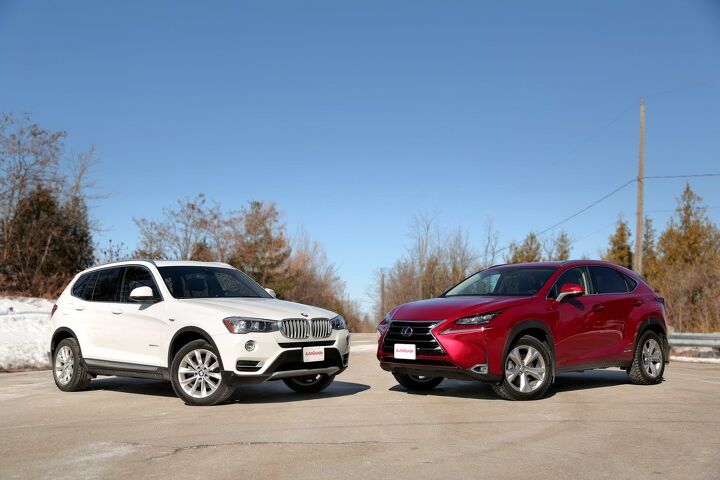
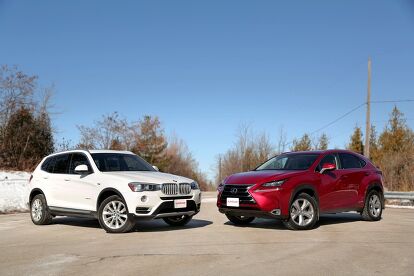





























































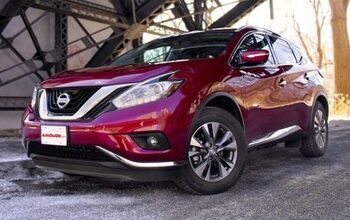
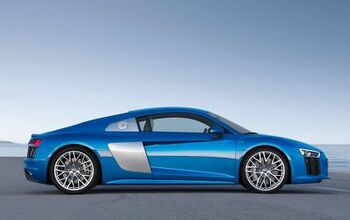



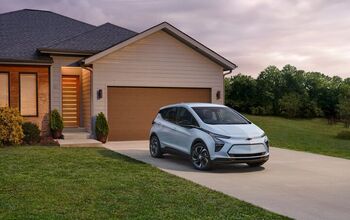
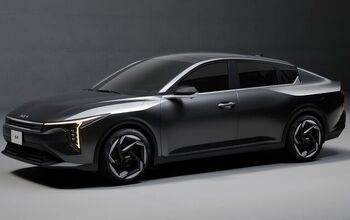
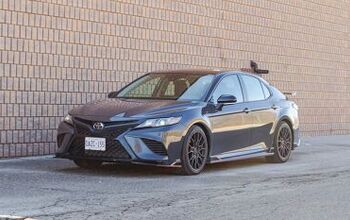

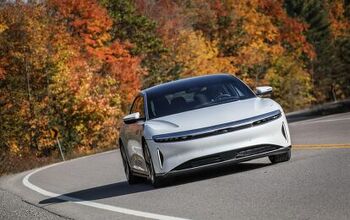
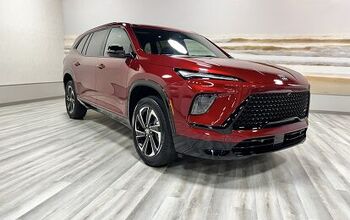

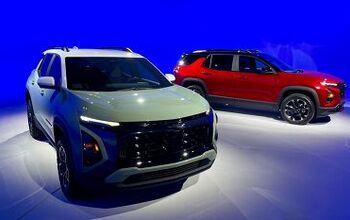
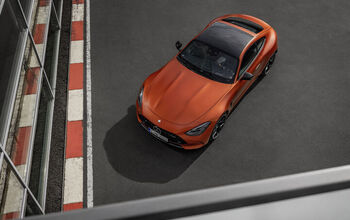

Comments
Join the conversation
gfg
LMAO - up to $65K for the X3 ??